Brush Rabbit
- December 26, 2023
- 0 comment
The Brush Rabbit (Sylvilagus bachmani) is a small and elusive species native to western North America. Conflicts often arise between these rabbits and agricultural interests, as they are known to consume crops and can be considered pests in some regions. While they are not listed as endangered, their legal status varies, with some states offering protection, while others permit hunting in regulated seasons.
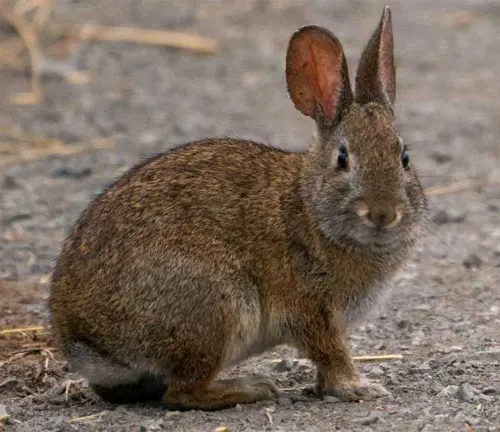
Identifying a Brush Rabbit can be challenging, as they closely resemble other cottontail rabbits. Typically, they have a short and compact body, grayish-brown fur with a lighter underbelly, and distinctive large ears. Their size ranges from 12 to 16 inches, making them smaller than other cottontails. These rabbits are primarily crepuscular, meaning they are most active during dawn and dusk, contributing to their elusive nature.
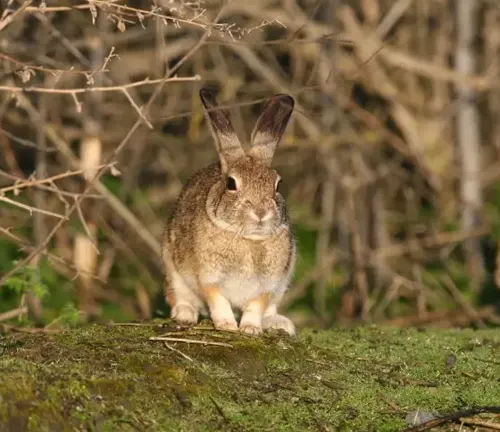
The Brush Rabbit’s habitat spans a diverse range, including chaparral, grasslands, and coastal sage scrub. They are commonly found in areas with dense vegetation, providing them with ample cover. Their range extends from southern British Columbia through the western United States and into Mexico.
From a health and safety perspective, while Brush Rabbits are not known to pose a direct threat to humans, there are concerns related to their impact on agricultural crops. Farmers may implement control measures to mitigate potential conflicts, including fencing and habitat modification. Additionally, like many wild animals, these rabbits can carry diseases that may pose a risk to domestic rabbits or other wildlife populations.
| Category | Details |
|---|---|
| Scientific Name | Sylvilagus bachmani |
| Size | 12 to 16 inches (30 to 40 cm) in length |
| Weight | Approximately 1 to 2 pounds (0.5 to 1 kg) |
| Color | Grayish-brown fur with a lighter underbelly |
| Ears | Distinctively large, characteristic of cottontail rabbits |
| Activity Pattern | Crepuscular, most active during dawn and dusk |
| Habitat | Chaparral, grasslands, coastal sage scrub |
| Range | Southern British Columbia through western U.S. to Mexico |
| Behavior | Elusive, seeks cover in dense vegetation |
| Legal Status | Varies by state, protected in some, regulated hunting in others |
| Conflicts | Agricultural conflicts due to crop consumption |
| Health Concerns | Potential carriers of diseases affecting wildlife and domestic rabbits |
Exploring the General Biology of the Brush Rabbit
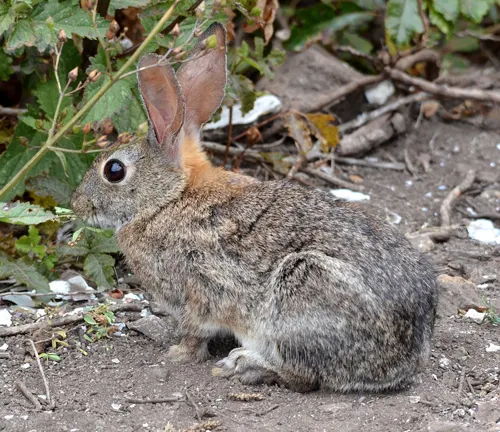
The Brush Rabbit (Sylvilagus bachmani) is a fascinating creature native to the western landscapes of North America. In delving into its general biology, we uncover a creature uniquely adapted to its environment. Ranging from its distinctive physical characteristics to its activity patterns, this article provides insights into the general biology of the elusive Brush Rabbit.
A Cycle of Life: The Reproduction of Brush Rabbits
The reproductive cycle of the Brush Rabbit is a remarkable facet of its biology. From mating rituals to the intricacies of gestation, this section explores the reproductive behavior of these cottontails. Discover how the Brush Rabbit ensures the survival of its species through an evolutionary dance of life.

Crepuscular Secrets: Unraveling the Behavior of Brush Rabbits
Unveiling the mysteries of the Brush Rabbit’s behavior, this section sheds light on its crepuscular nature. Dive into the habits and routines that make these rabbits elusive and adaptive. From foraging patterns to social interactions, understanding their behavior is key to appreciating their role in the ecosystem.
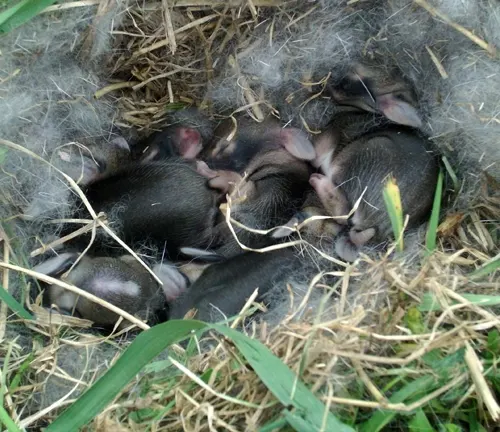
Cozy Retreats: Nesting and Denning Cover of Brush Rabbits
Brush Rabbits are experts in finding the perfect nesting and denning cover. Explore how these creatures create cozy retreats in the midst of dense vegetation. From choosing ideal locations to constructing nests, this section uncovers the secrets of their sheltering strategies.
Adapting to the Landscape: The Diverse Habitat of Brush Rabbits
The Brush Rabbit’s habitat is as varied as the landscapes it inhabits. This section explores the diverse ecosystems where Brush Rabbits thrive, from chaparral to grasslands and coastal sage scrub. Understanding their habitat preferences is crucial for conservation efforts.
A Culinary Palette: Exploring the Food Habits of Brush Rabbits
Delving into the culinary preferences of Brush Rabbits, this section outlines their food habits. From grazing on native vegetation to nibbling on bark and twigs, these rabbits play a unique role in shaping their ecosystems through their dietary choices.
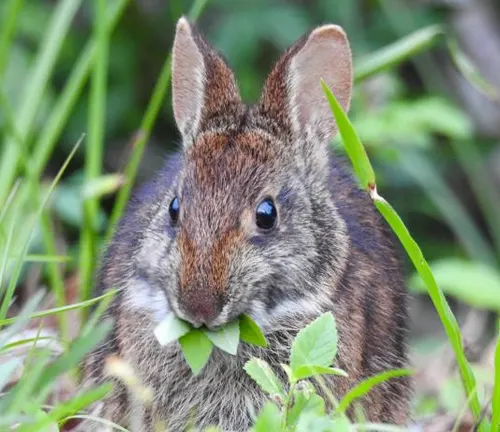
Silent Whispers: Voice, Sounds, Tracks, and Signs of Brush Rabbits
While often silent, Brush Rabbits communicate through various means. This section decodes the subtle language of these rabbits, from the soft sounds they make to the tracks and signs they leave behind. Understanding their communication methods provides valuable insights into their secretive lives.
Identifying Damage Caused by Brush Rabbits
Brush Rabbits, charming in their own right, can pose challenges when it comes to cohabiting with human activities. In this article, we explore the various ways in which these small creatures can inadvertently cause damage, from landscapes to structures.
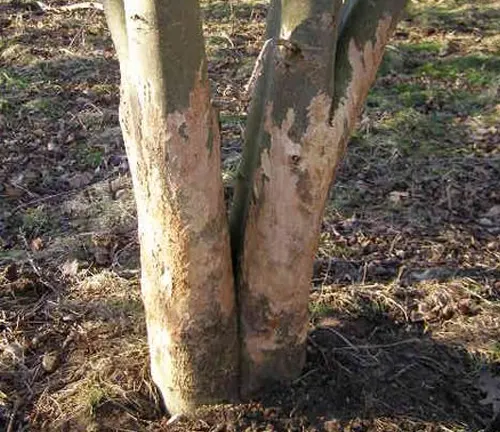
Understanding Landscape Damage by Brush Rabbits
As the inhabitants of diverse landscapes, Brush Rabbits may leave their mark on the terrain they traverse. This section delves into the subtle yet impactful ways in which these rabbits can affect the natural environment. From nibbled vegetation to worn-down trails, discover the traces of their presence.
Assessing Damage to Crops and Livestock Caused by Brush Rabbits
For farmers and cultivators, Brush Rabbits can present a unique set of challenges. This part of the article sheds light on the potential damage inflicted upon crops and the impact on livestock. By understanding these dynamics, farmers can implement measures to mitigate conflicts between agricultural pursuits and the natural habits of Brush Rabbits.
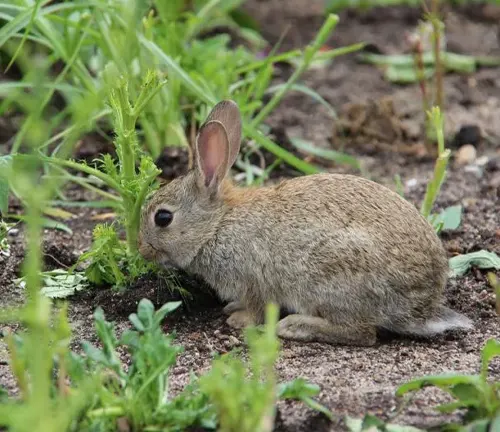
Examining Damage to Structures by Brush Rabbits
Even in urban environments, Brush Rabbits can make their presence felt. This section explores the potential damage to structures caused by these rabbits. From burrows in inconvenient locations to gnawing on wiring, understanding their impact on man-made surroundings is crucial for homeowners and property managers alike.
Brush Rabbit Damage Prevention and Control Methods
As Brush Rabbits share spaces with human activities, the need for effective damage prevention and control becomes apparent. In this article, we explore a range of strategies to safeguard landscapes, crops, and structures from the potential impacts of these small but sometimes troublesome creatures.
Habitat Modification as a Brush Rabbit Management Tool
Understanding the preferences of Brush Rabbits for specific habitats is the first step in managing their impact. This section delves into habitat modification strategies, exploring how subtle changes to the environment can deter rabbits from causing damage while maintaining ecological balance.
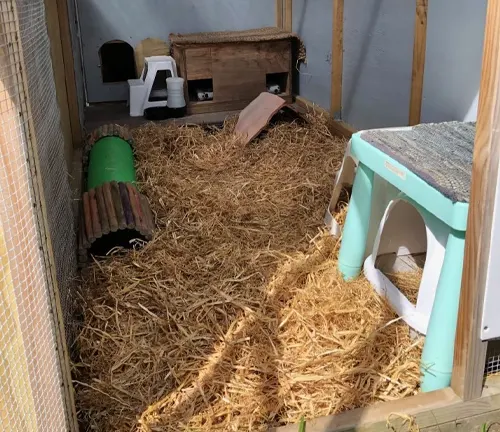
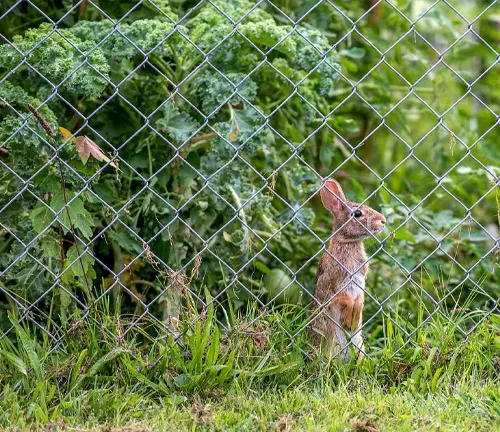
The Power of Exclusion in Brush Rabbit Control
Exclusion is a key tactic in preventing Brush Rabbit intrusion. This part of the article examines the effectiveness of fences and barriers in protecting crops and landscapes. From traditional fencing methods to innovative designs, discover how exclusion can create a buffer zone between human activities and Brush Rabbit habitats.
Frightening Devices to Keep Brush Rabbits at Bay
Frightening devices offer non-lethal means of discouraging Brush Rabbits from venturing too close. Explore the world of motion-activated deterrents, sound-emitting devices, and visual stimuli designed to startle and redirect these rabbits away from areas where their presence might lead to damage.
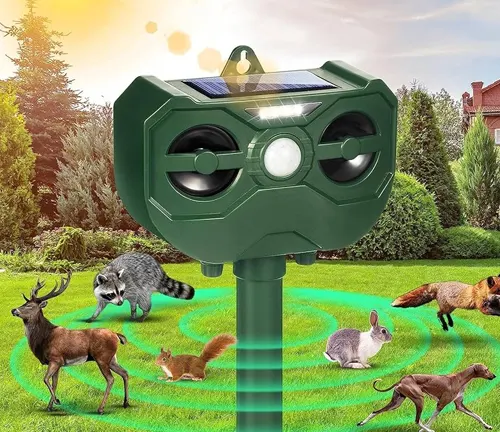

Repellents in Brush Rabbit Management
Repellents can be powerful tools in deterring Brush Rabbits without causing harm. This section explores the use of scent-based and taste-based repellents to create an olfactory barrier, dissuading these rabbits from engaging in destructive behavior.
Examining the Use of Toxicants in Brush Rabbit Control
While a more drastic measure, the use of toxicants can be a consideration in certain scenarios. This part of the article investigates the use of chemical control methods, emphasizing the importance of responsible and targeted applications to minimize environmental impact.
The Role of Shooting in Brush Rabbit Management
For those in rural areas with appropriate permissions, shooting can be a method of population control. This section explores the ethical and practical considerations of using firearms as a means of managing Brush Rabbit populations to prevent excessive damage.
The Art and Science of Trapping Brush Rabbits
Trapping is a humane and controlled method for managing Brush Rabbit populations. This article concludes by examining various trapping techniques, from live traps to more traditional methods, highlighting their role in responsible and effective rabbit management.
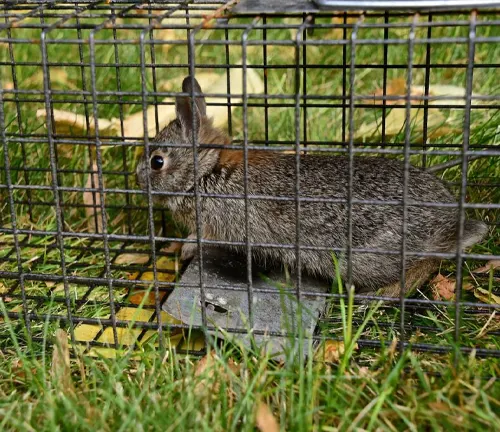
Different Species
Eastern Cottontail
(Sylvilagus floridanus)
While not a Brush Rabbit, the Eastern Cottontail is one of the most widespread and familiar cottontail species in North America. It inhabits a broad range, extending from eastern Canada through most of the eastern United States and into parts of Mexico.
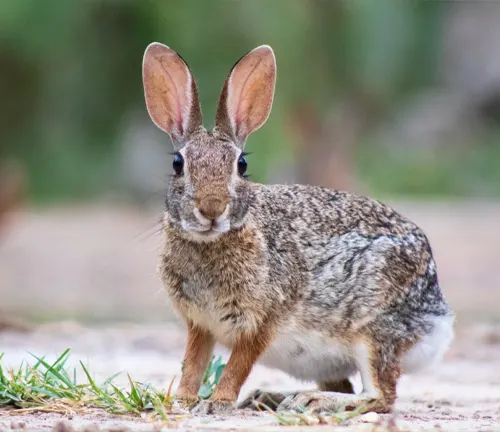
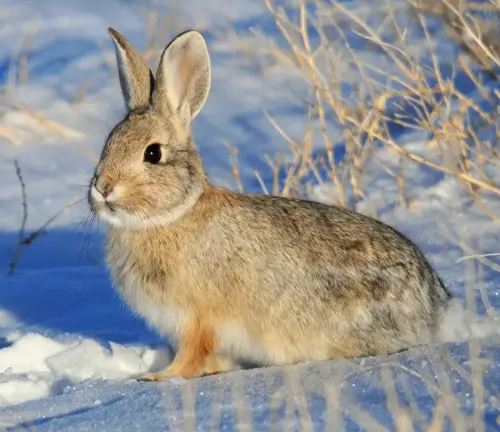
Mountain Cottontail
(Sylvilagus nuttallii)
Found in the western United States, from the Great Basin to the mountains of Mexico, the Mountain Cottontail is adapted to diverse habitats, including deserts, forests, and grasslands.
Desert Cottontail
(Sylvilagus audubonii)
Inhabiting arid regions of the southwestern United States and Mexico, the Desert Cottontail is well-adapted to the challenges of living in a desert environment.
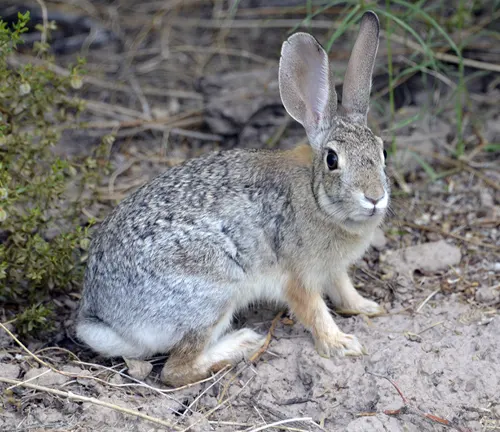
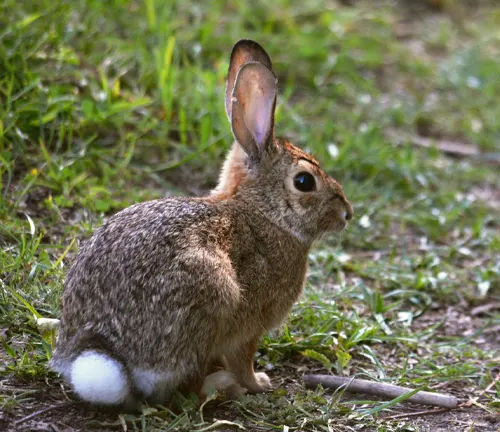
New England Cottontail
(Sylvilagus transitionalis)
Native to the northeastern United States, this species has faced habitat loss and competition from the Eastern Cottontail. Conservation efforts aim to protect and restore the New England Cottontail’s population.
Marsh Rabbit
(Sylvilagus palustris)
Found in marshy areas of the southeastern United States, the Marsh Rabbit is adapted to wetland habitats and is a good swimmer.
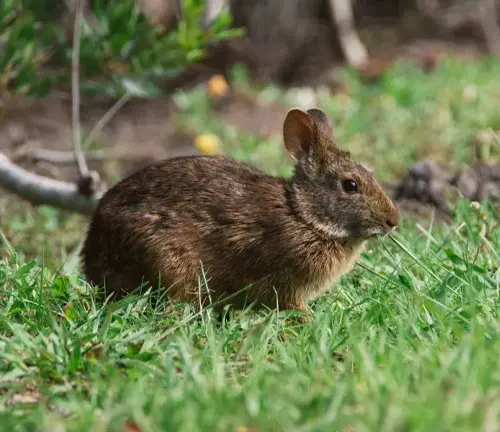
Frequently Asked Questions (FAQs)
- What is a Brush Rabbit?
A Brush Rabbit, scientifically known as Sylvilagus bachmani, is a species of cottontail rabbit native to western North America. - Where are Brush Rabbits found?
Brush Rabbits are found in a range extending from southern British Columbia through the western United States and into Mexico. - How do you identify a Brush Rabbit?
Brush Rabbits typically have grayish-brown fur with a lighter underbelly, distinctive large ears, and a short, compact body. They are smaller than other cottontail rabbits. - What is the behavior of Brush Rabbits?
Brush Rabbits are crepuscular, meaning they are most active during dawn and dusk. They are known for being elusive and seeking cover in dense vegetation. - Do Brush Rabbits pose any health concerns?
While Brush Rabbits themselves are not known to pose direct threats to humans, they can carry diseases that may affect domestic rabbits or other wildlife populations. - Are Brush Rabbits protected by law?
The legal status of Brush Rabbits varies by state, with some offering protection and others allowing regulated hunting in certain seasons. - How do Brush Rabbits impact agriculture?
Brush Rabbits can be considered pests in agriculture as they are known to consume crops, leading to conflicts with farmers. - What is the reproductive cycle of Brush Rabbits?
Brush Rabbits reproduce through mating rituals, and the females give birth to a litter of young rabbits. Understanding their reproductive cycle is crucial for conservation efforts. - What are some methods for preventing damage caused by Brush Rabbits?
Methods include habitat modification, exclusion through fencing, frightening devices, repellents, toxicants (in certain scenarios), shooting (with appropriate permissions), and trapping. - How can I coexist with Brush Rabbits on my property?
Coexistence involves understanding their habits, implementing preventive measures, and finding a balance between human activities and the natural behaviors of Brush Rabbits.



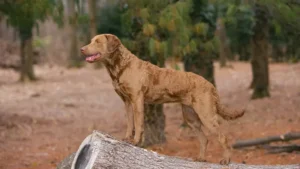
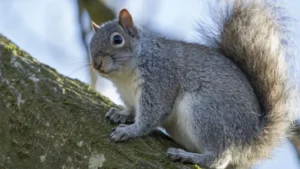




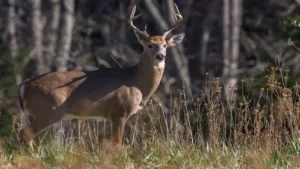
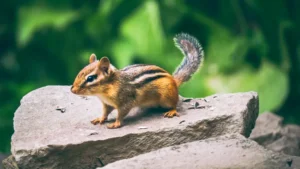
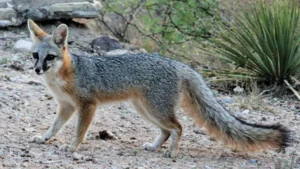
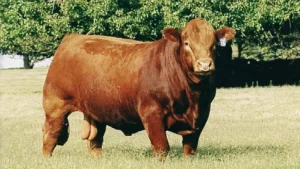

Leave your comment